Do You Need a License for an Electric Bike? A Full Breakdown of E-Bike Laws and Requirements
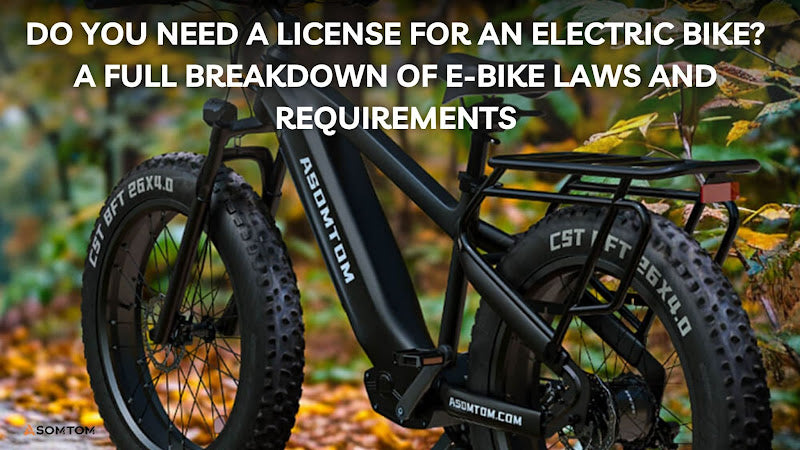
Introduction
E-bikes are transforming how people commute, exercise, and enjoy the outdoors. These multipurpose bikes blend pedaling with an electric motor that assists riders in covering longer distances and conquering difficult terrains. It is important to note that as e-bikes gain popularity, their legal issues regarding use are often complex. Some of the commonly raised issues include designated license classification, speed limits, helmet requirements, and whether registration is required. From laws surrounding different types of bikes to State-specific conditions, all areas of concern have been consolidated. One fundamental aim of this guide is to outline laws and policies unique to e-bikes so that users can avoid non-compliance.
Understanding What Counts as an Electric Bike
An electric bike or e-bike for short is simply a type of bike that incorporates an electric engine geared towards aiding pedaling or giving throttle-powered assistance while moving. E-bikes are regulated based on motor power and how fast the motor assists the rider in the ride. Surpassing a 750-watt motor for an e-bike will not only be classed as defacto fully but also illegal and surrendering assistance at 20-28 miles per hour regime will be classed unique to the chosen class E-bikes hence utmost obeyance during riding is advised. The pedal-assisted type is the first class and the second is throttle-assisted while the last one is the pedal escort requires a higher speed. The most popular models like the Full-Suspension Fat Tire SR6, All-Terrain Adventure Explorer Q7, and Step-through Adventure Explorer E300 showcase the varying design, performance, and pricing that meet riders’ expectations and requirements.
General Licensing Rules for E-Bikes
In most areas, no driver’s license is needed to ride an electric bike as long as it satisfies the requirement of being a bicycle. Class 1 and class 2 e-bikes typically do not need registration, insurance, or a license as long as their motor power is limited to 750 watts and they do not exceed 20 mph. However, class 3 e-bikes that go up to 28 mph may face stricter rules, with some areas needing a special license or age restriction for users. Also, local regulations may govern the need for a helmet or the minimum age for users.
E-Bike Laws by Region
Restrictions differ by territory. While federal regulations in the U.S. provide broad rules for e-bike types, states tend to have their limitations concerning speed usage, riding zones, and the necessity of a license or insurance. For instance, certain states allow the use of e-bikes in bike lanes while others restrict their use completely in specific locations. Pedal-assist e-bikes in the UK have designated limits on motor power and speed. Other countries such as Canada, Australia, and New Zealand have their unique regulations which may involve mandatory helmets, registration, or restricted use areas for e-bikes.
Helmet, Insurance, and Registration Requirements
Some riders may be required to wear a helmet for legal reasons, while some may only require it if they are minors or certain classified riders. Determining the need for insurance or registration depends on the classification of your e-bike and local regulations. Typically, no insurance or registration is needed for Class 1 or 2 e-bikes, but modifying your bike or riding a more powerful model may change that. Some countries require liability insurance while others make it optional for the rider. Disregarding these stipulations may lead to fines, confiscation of the bike, or other penalties, making it crucial to learn about the legal requirements of your region.
Off-Road vs. On-Road Use
The laws concerning e-bikes differ for off-road and on-road use. Usually, riding an e-bike off-road, for instance, on trails or mountain paths, differs from riding on public roads as there are different regulations. Some trails permit the use of e-bikes and some completely ban all forms of motorized vehicles. E-bikes are usually permitted on most public roads where bicycles are allowed. However, some sections of the road may prohibit them from access to bike pathways or lanes. Follows local trail etiquette for e-bikes where they differ from municipality to municipality. Along with that some other cities and regions may have certain limitations regarding the class of e-bike, speed, or the age of the rider so checking those regulations before hitting the road is always advisable.
Licensing for Modified or High-Powered E-Bikes
Deregulating certain kaws or modifying an e-bike can change its classifications. Raising the power of the motors or speed may turn your e-bike into a motorized vehicle which renders it with more regulations such as a driver's license, registration, or insurance. If e-bikes exceed set limits of speed or power they'll likely be put into the moped or motorcycle category which has more strict rules surrounding licensing and safety. In most places, e-bikes that are modified beyond certain pointers are not allowed on bike paths or lanes designated for non-motorized vehicles.
Commercial and Delivery Use Cases
E-bike users who operate them for commercial use such as delivery have different sets of rules as compared to those who use them for leisure indicating they have less flexibility. Depending on where the rider is located, delivery riders might need additional permits such as specific insurance or special licenses. Some municipalities may have additional restrictions for businesses using e-bikes for deliveries, including requirements for safety equipment and where the bike can operate. Also, businesses may have certain requirements to make sure their e-bikes conform to specific standards for speed and safety. E-bike businesses must follow all relevant local laws, including those concerning taxation and liability, to avoid legal issues and ensure efficient and uninterrupted operations.
How to Stay Legal and Safe
As with riding any vehicle, operating an e-bike safely and legally requires an understanding of relevant local legislation. The laws of each locality differ and motorbike routes, helmet use, and speed restrictions are some common areas of concern. Modifying bikes into class 1, 2, or 3 sets determines their classification, thus the bike needs to bear markings, as certain regulations will apply. In some areas, there may be a need for e-bike insurance registration- especially if it is high-powered or for commercial use. Adequate safety attire and strict adherence to road safety laws will be needed, and being vigilant completes the basic precautionary measures that will protect both the rider and the public.
Summary and Final Thoughts
Depending on the classification of the e-bike, the place, and whether it is augmented, factors one requires a permit to drive an e-bike, the vast majority of licenses, registration, and identification documents are unnecessary for Class 1 and 2 e-bikes. However, Class 3 e-bikes, commercial e-bikes, and even modified E-bikes may incur additional legal prerequisites. Restrictions related to age, as well as insurance, and helmet requirements also differ depending on jurisdiction. Laws aside, responsibility needs to be exercised at all times by riding in compliance with local laws, checking regulations about the e-bike’s safety, and ensuring the relevant legal standards for e-bikes are met. Riding responsibly enables one to reap the benefits of enabling the technology of e-bikes while remaining legally compliant. With advancement and development in technology, ASOMTOM for example adopts a creative approach to designing innovative e-bikes that perform exceptionally while maintaining unparalleled riding comfort, durability, experience, style, and function together.
Visit - https://www.asomtom.com/
FAQs
- Do I need a license to ride an e-bike in my state or country?
Based on the legal classification of an e-bike, most regions permit unlicensed usage for class 1 and 2 bikes. - Is there an age limit for electric bike use?
Correct, for the younger portion of the public, areas take it to classify age restrictions for e-bike speed in alignment with 14, 16, or 18. - Can I ride an electric bike on the sidewalk or bike lane?
The region is dependent; most Class 1 e-bikes don’t require a license, and while e-bikes are permitted in bike lanes, sidewalks tend to be exclusively off-limits. - Do I need insurance for my electric bike?
Most of class 1 and 2 are not required but upgraded custom e-bikes tend to require liability insurance coverage legally. - What’s the penalty for riding an illegal or unregistered e-bike?
Utilized incorrectly, unregistered or high-powered modified e-bikes have the legal implications of fines, legal action, or impoundment. - Can I convert my regular bike to an e-bike and still follow the law?
Complying with the law in regards to speed, motor power, and meeting standards for lawfully converting an e-bike guarantees legality.
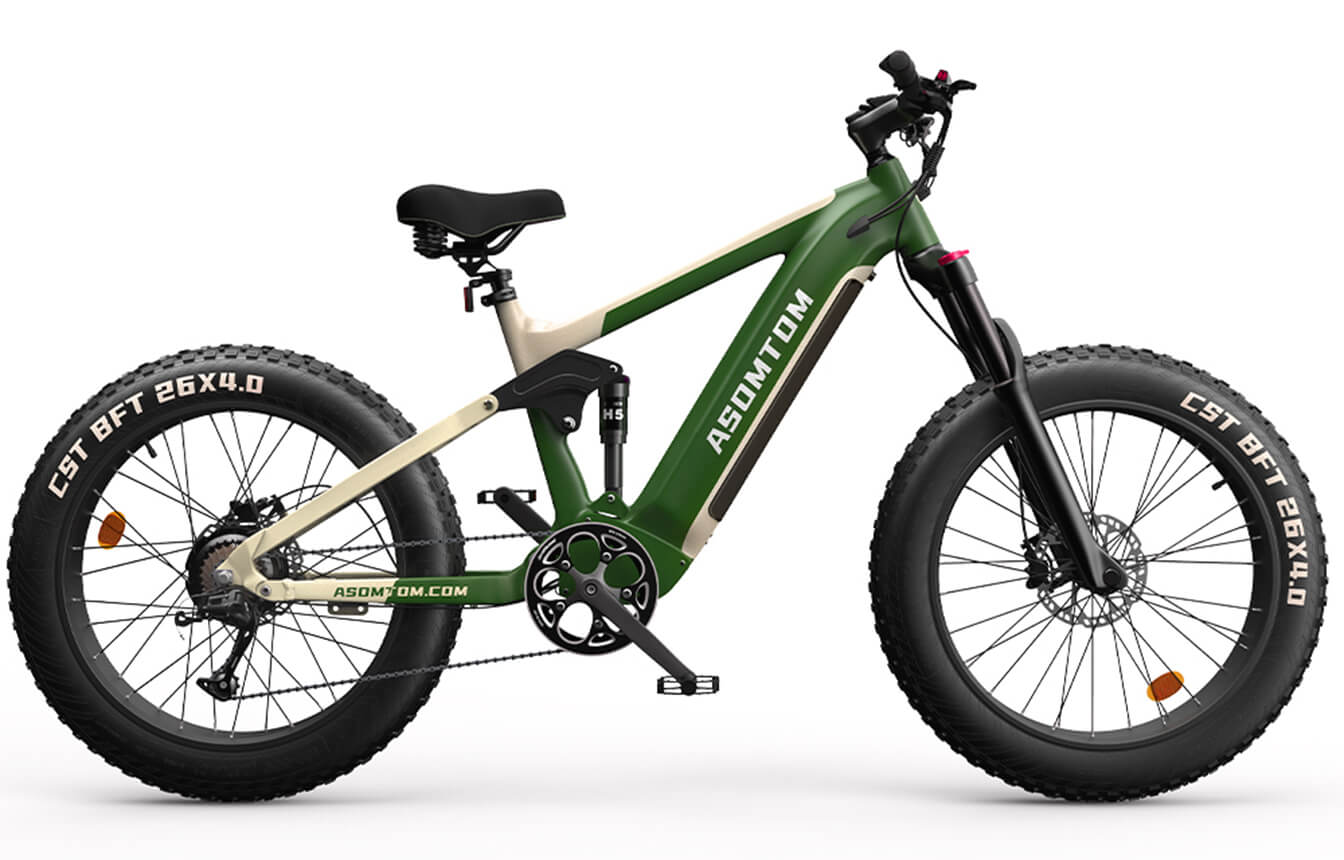
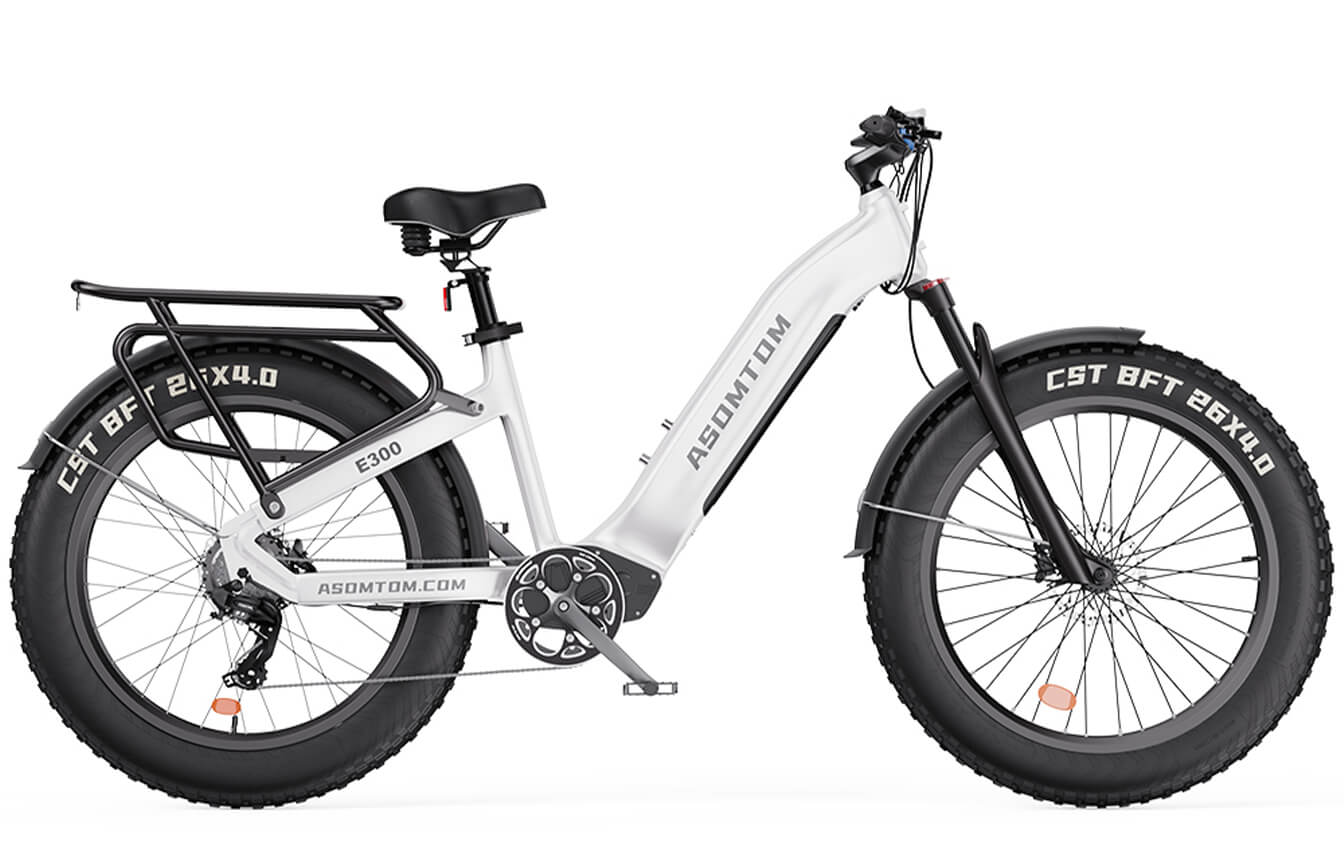
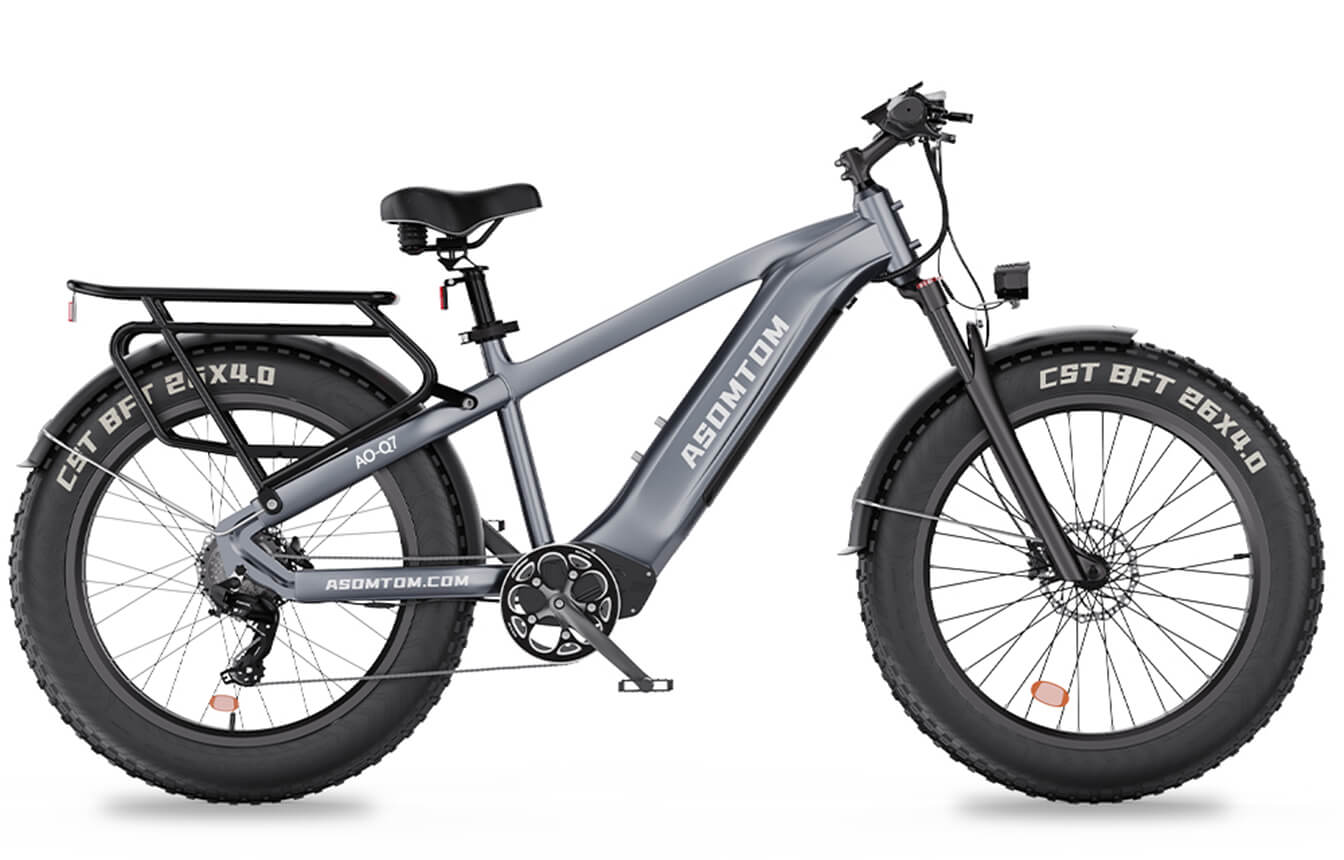
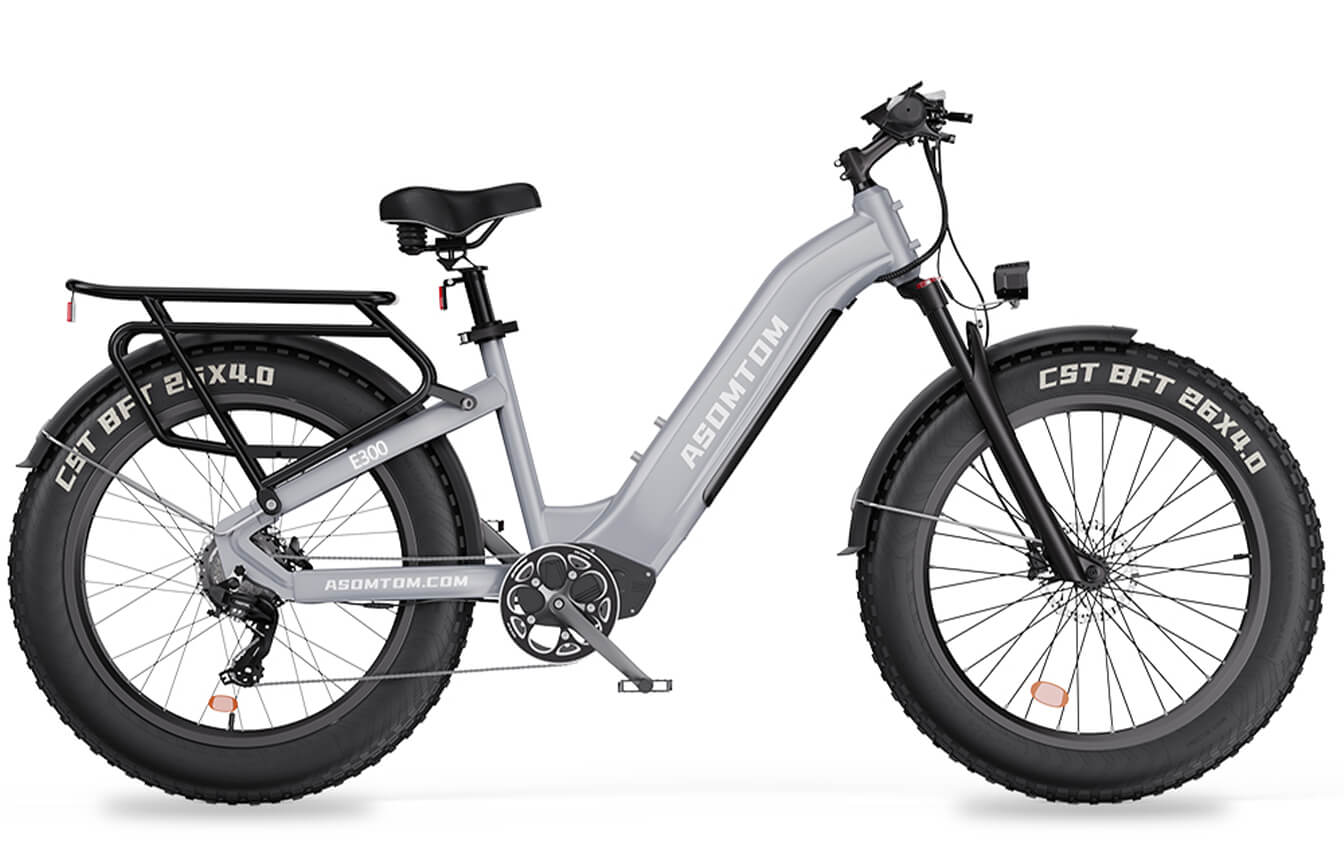



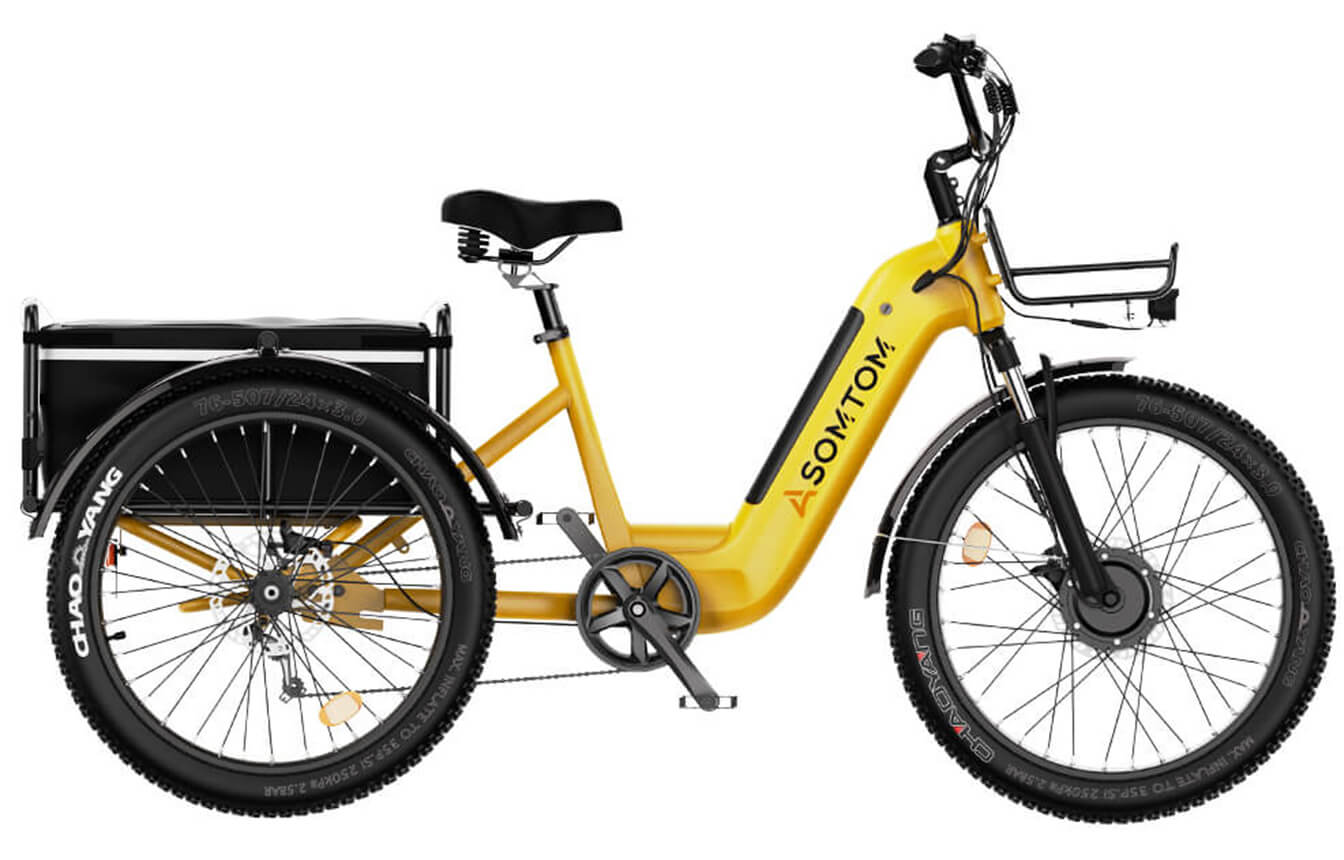


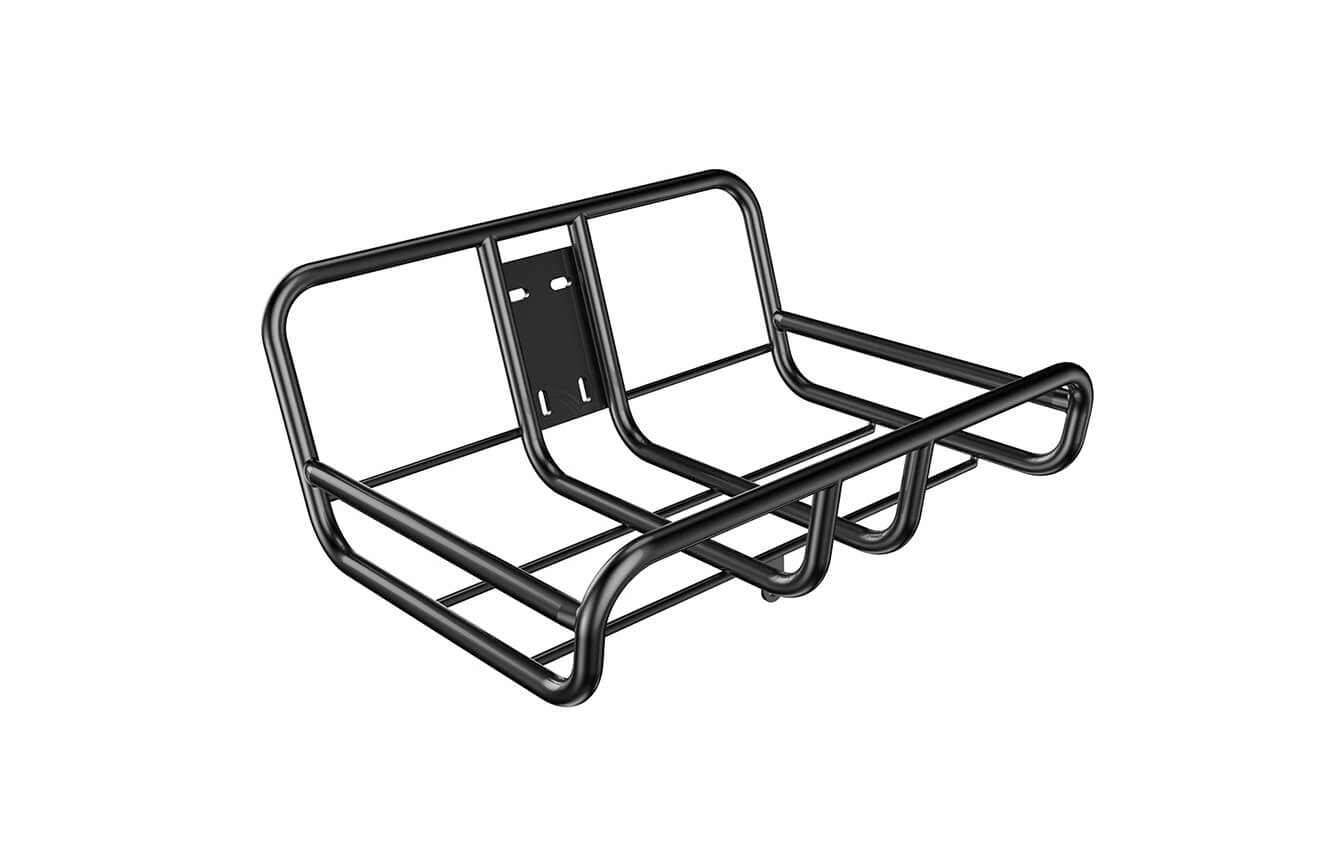
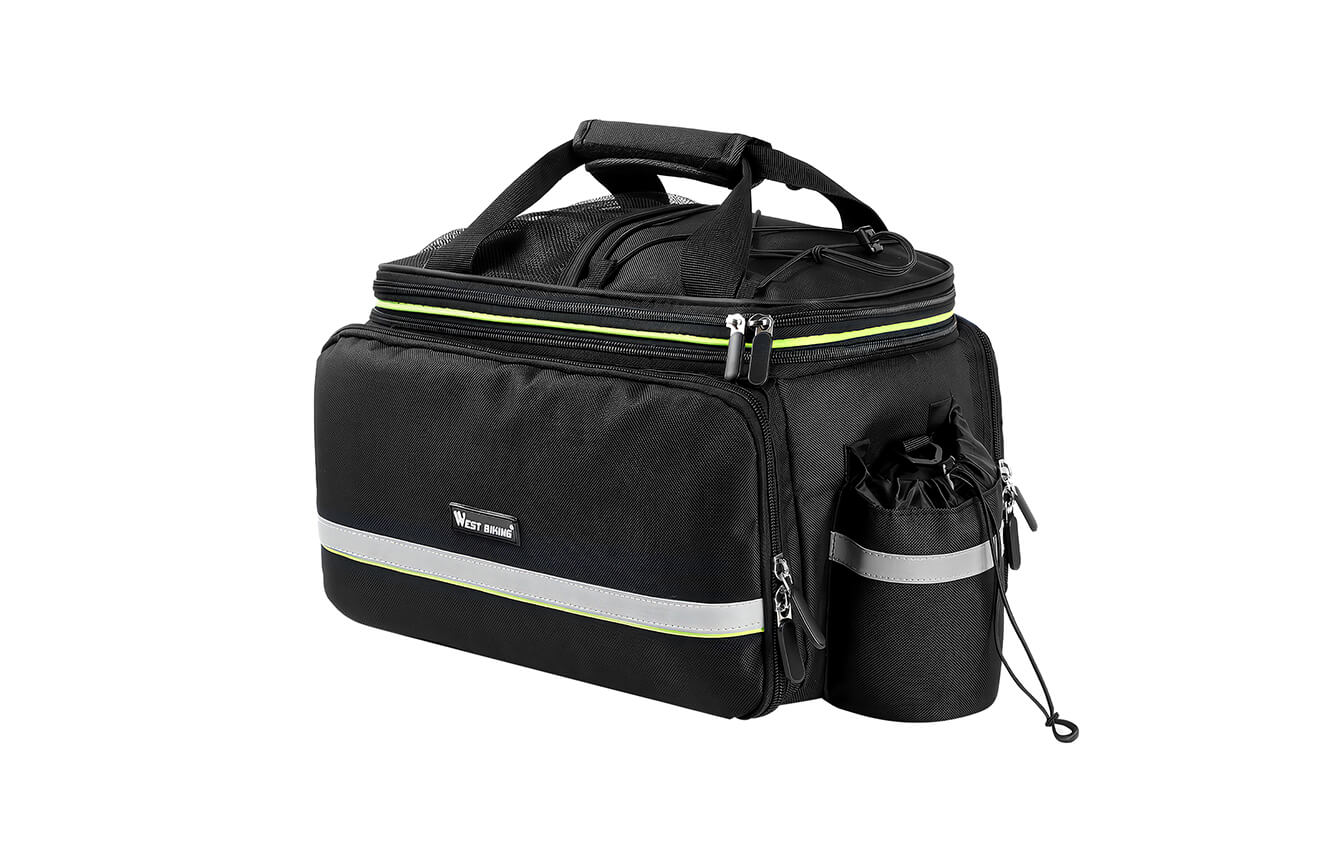
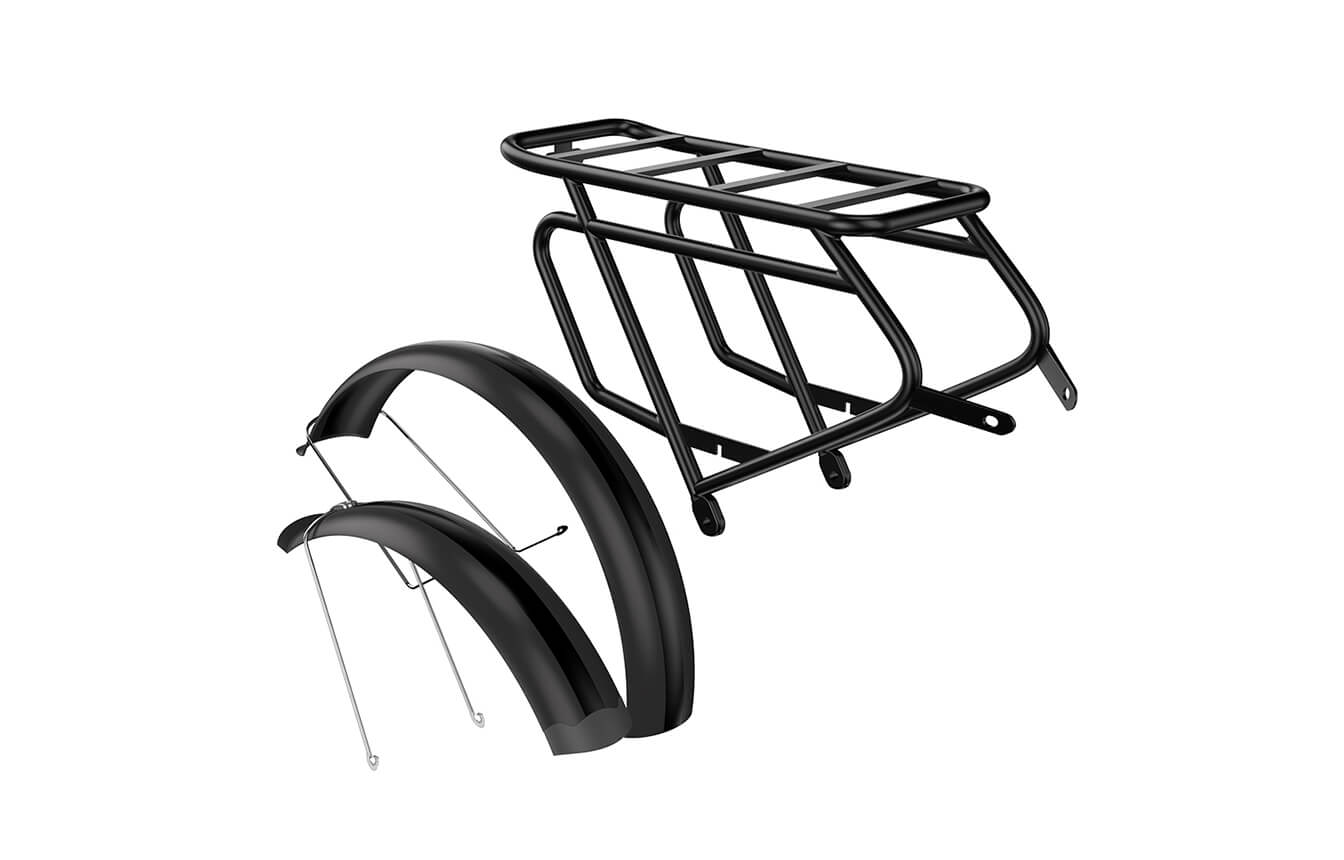

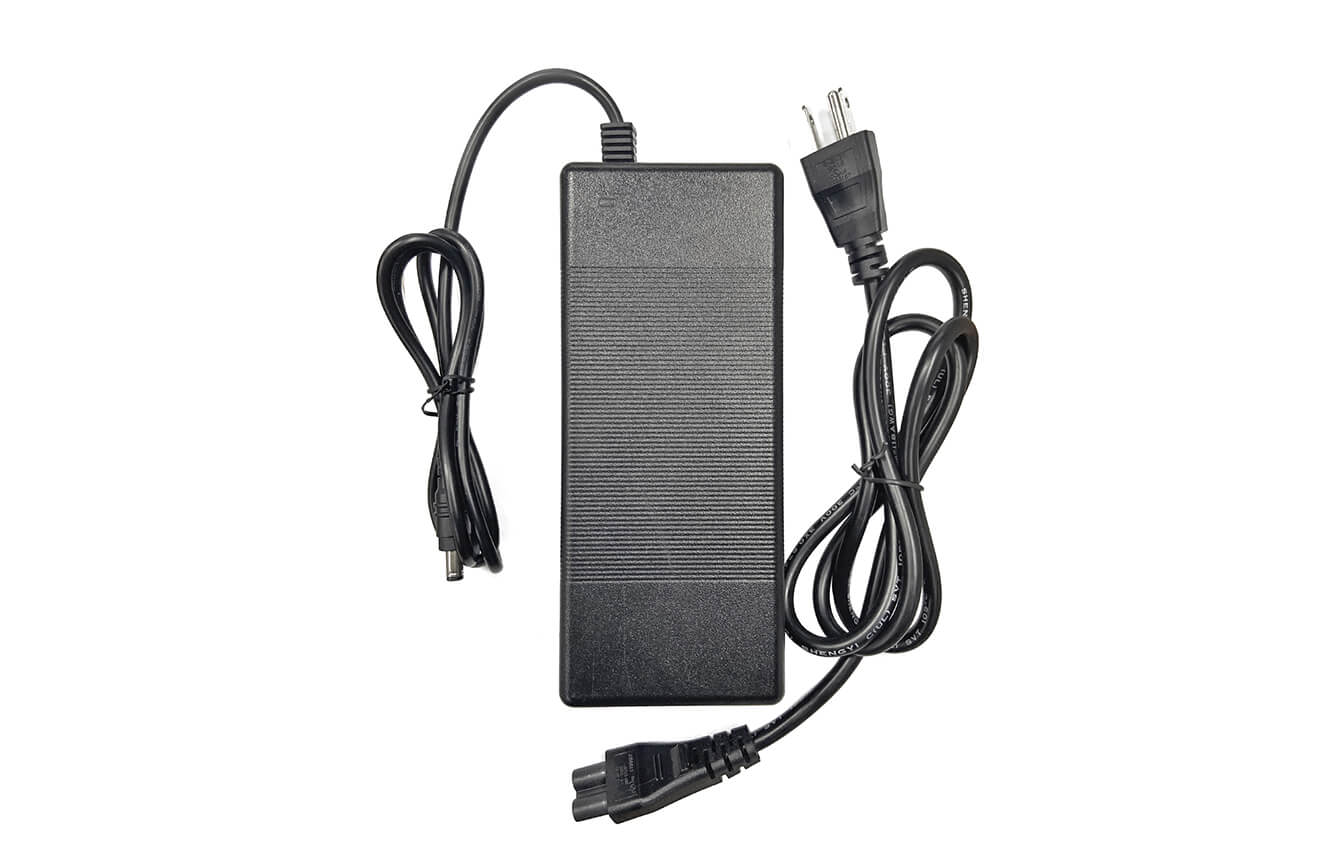
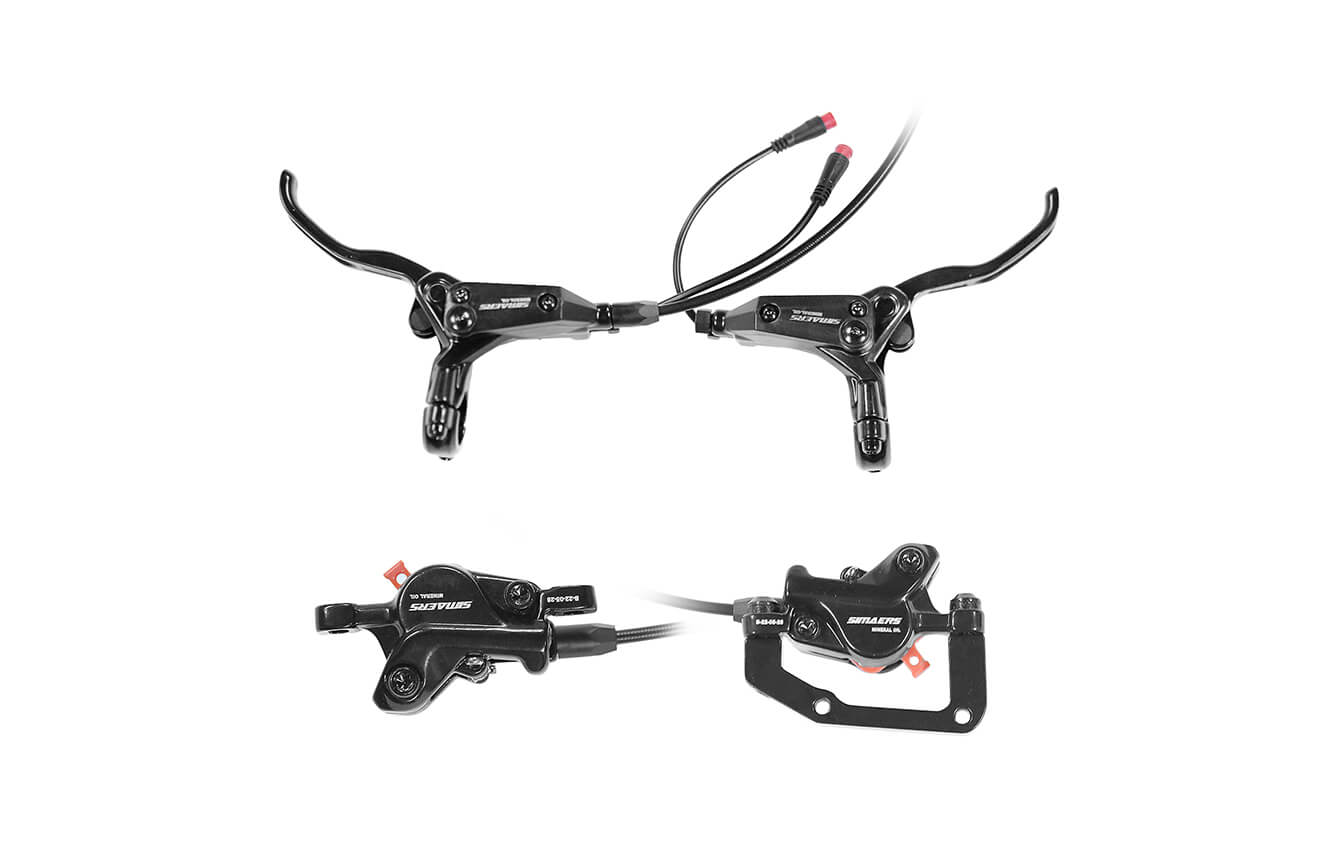
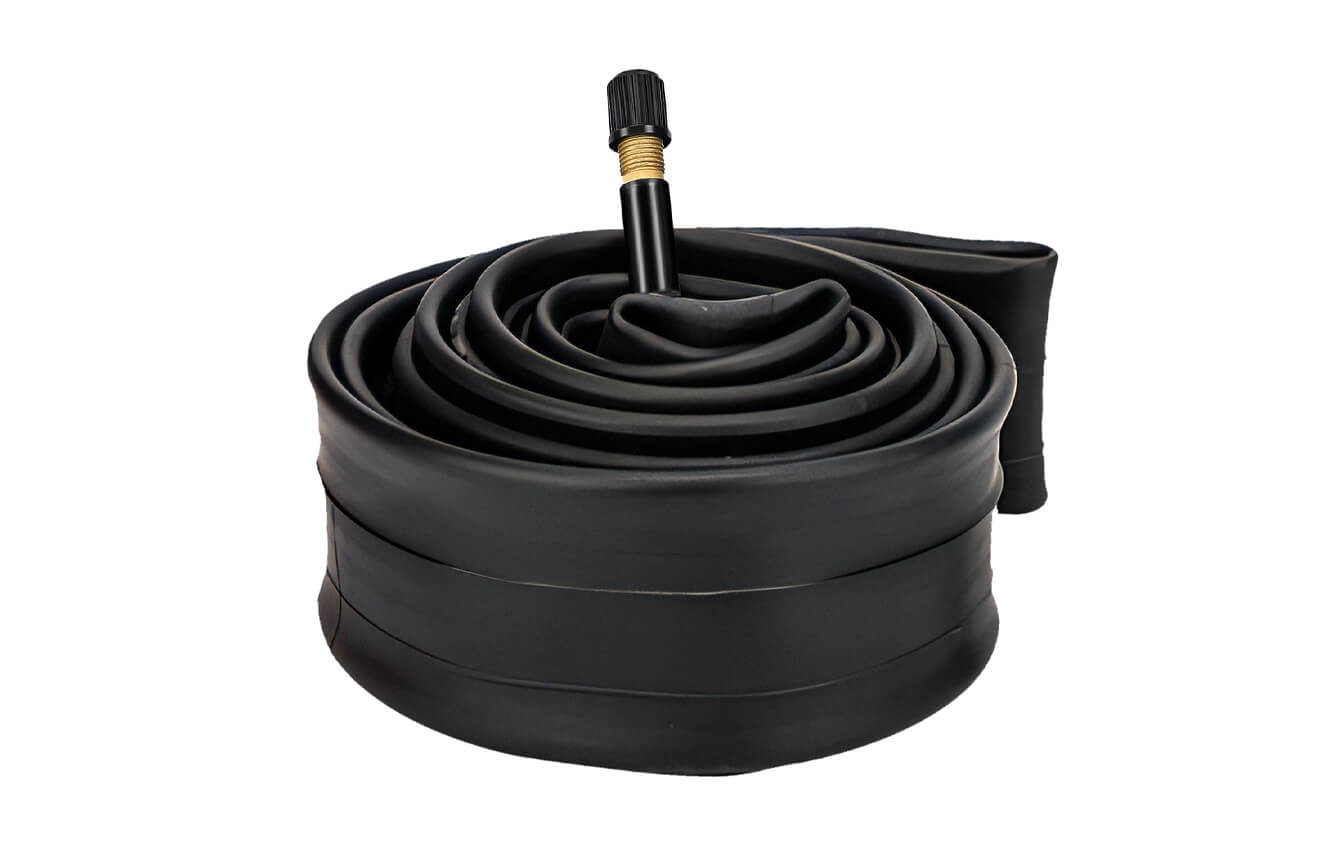






Leave a comment